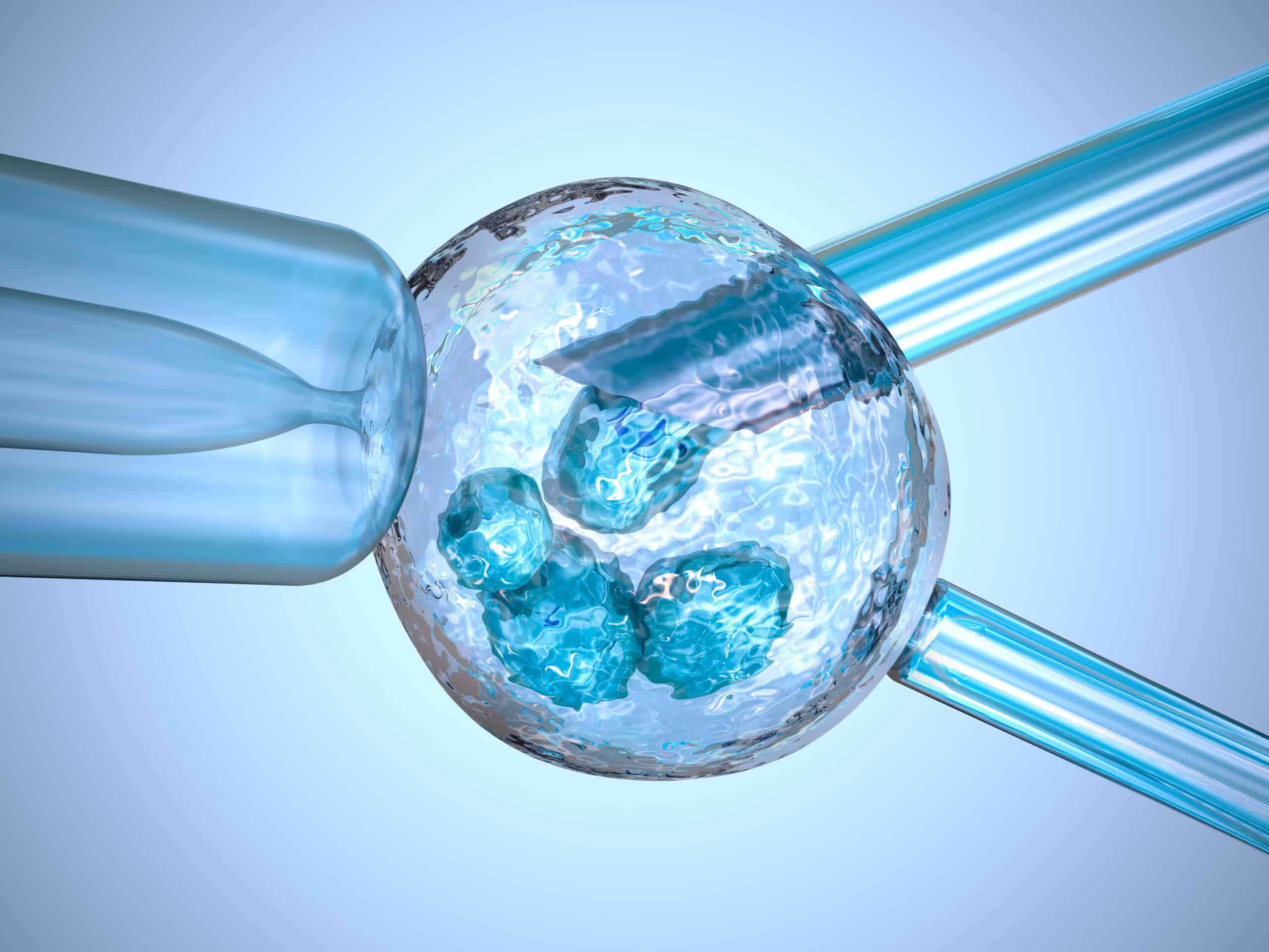Altering artificial cell membranes allows researchers to get cells to stick together like stickle bricks, allowing them to be arranged into whole new structures. Complex functions are carried out by biological cells, but can prove to be a difficult task to controllably engineer.
Artificial cells can be made to order in theory, as demonstrated with artificial cells by arrangement into basic tissue structures using different types of connectivity. These artificial structures could be used to perform functions such as initiating chemical reaction or moving chemicals around networks, this may provide to be useful in carrying out chemical reactions in tiny volumes studying mechanisms in which cells communicate, and in development of new generations of smart biomaterials.
Basic units of biology are cells which are able to work collectively together when arranged into tissues, in order for this to happen cells must be linked and able to exchange materials with each other. Artificial cells were linked and arrange into a range of new architectures. Artificial cells have membrane like layers as a shell, researchers engineered them to stick together by altering biophysics. To get them close enough the team manipulated the cells using optical tweezers which acted like tiny tractor beams dragging the cells and dropping them into any position required, once connected the cells can be moved as one unit connected by biojunctions. Biological components like proteins inserted into the membrane enabled cell communication and material exchange that mimics what is seen in nature, which is a big step forward in creating biological like artificial cell tissues.
Once cell sticking was mastered, the team moved on to building complex arrangements such a 2D and 3D shapes, as once stuck together they can be arranged and pulled by the laser as an ensemble.
A tether between two cells was engineered, the cells were not just stuck together, a tendril of membrane material linked them together so they could be moved together.
Two cells were connected and merged into one larger cell, achieved by coating membranes with gold nanoparticles. With the laser at the heart of the optical tweezer concentrating on the junction between the cells, nanoparticles resonated breaking membranes, at that point the membrane reforms as a whole. Cells merging in this manner allows chemicals being carried to mix within the newly formed larger cell, kick starting chemical reactions; which may be useful for delivering drugs, and changing cell composition in real time to adapt new functions.
Connecting artificial cells together is valuable for creating biological systems using bottom-up approaches. Researchers can start to upscale basic cell technology into lager tissue scale networks with greater control over the kinds of architecture created.




